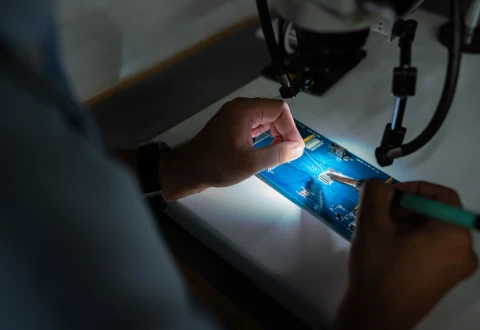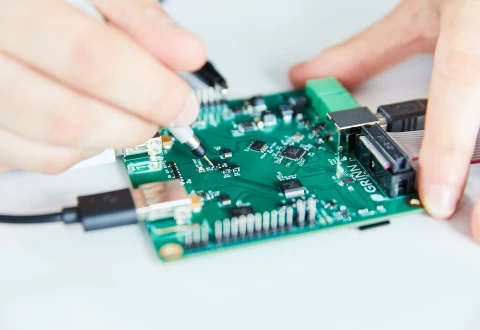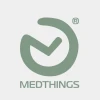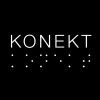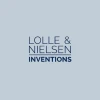Medicine is one of the most promising areas for the IoT; an industry where IoT solutions can radically change lives of patients and quality of services provided. In this article, we will talk about trends and areas of medicine where the implementation of IoT solutions will be most significant.
Diagnostics and preventive medicine
IoT in conjunction with AI is already widely used both for the early diagnosis of diseases and in preventive care. Devices monitor physical activity indicators, measure the levels of saturation, body temperature, and inform staff about any changes. Since sensors collect information continuously, staff gets a complete picture along with the dynamics of indicators and can make a diagnosis with the highest accuracy. In addition, such devices are indispensable for people living in remote areas and those living with mobility issues, where visiting a doctor is difficult or impossible.
Treatment
IoT devices will be successfully used for the treatment of chronic diseases. Smart devices for insulin-dependent patients, patients with asthma, and even depression can already be found on the market. And not only portable devices; we see great prospects for ingestible devices that would release the necessary dose of a drug since about half of all patients do not regularly take prescribed medications, which significantly complicates treatment. Some of these devices even have the ability to titrate the drug dose based on a patient's vital signs.
Remote medicine
Thanks to a series of sensors, doctors will receive necessary information and adjust treatment from a distance. Thus, stable patients and patients with non-life-threatening issues will receive the necessary qualified medical care and, at the same time, rest in comfortable home conditions. This is also important for patients whose treatment makes them particularly susceptible to infections. As IoT technologies already allow you to perform operations remotely, this will make it possible to perform operations of high complexity without the need to transport the patient.
Administration
IoT devices will find wider applications in hospital administration as well. IoT will solve tasks such as maintaining inventory, monitoring equipment conditions, and notifying staff about breakdowns or needs for part replacement. In addition, a unified IoT system implemented in the hospital will help track empty beds across different wards and avoid waiting lists for simple procedures.
We believe that over the next few years the IoT will revolutionize medicine by accelerating the collection and processing of patient data, providing more accurate and faster diagnoses, reducing the risk of human error and treatment costs, and increasing the availability of advanced medicine around the globe. The main danger continues to be the security of patient data, but we are confident that this problem will be also solved soon.
Do you have an idea for an IoT product? Discuss it with our specialists!
 Kateryna Kozakova
Kateryna Kozakova

